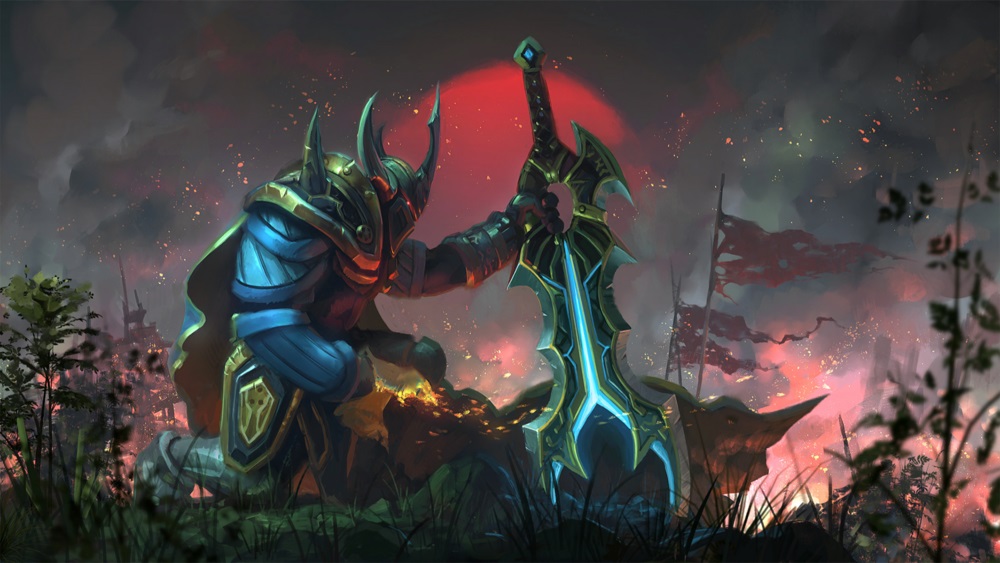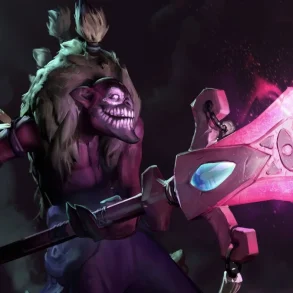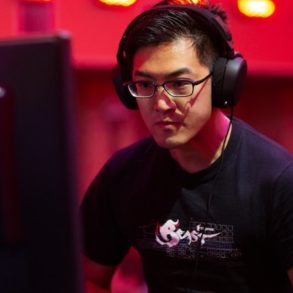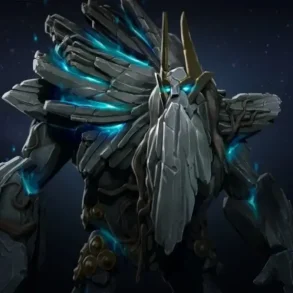Account buyers in Dota 2 often stand out due to their questionable match history, high win rates, and lack of in-game awareness. Despite gaining access to high-rank matches, they struggle to perform at that level. Winning becomes nearly impossible, and constant losses make the experience frustrating rather than enjoyable.
Some may argue that playing in high-rank games accelerates learning, but in reality, the skill gap is too large for meaningful progress. This highlights a broader issue in Dota—learning the game is an overwhelming process, especially when players attempt to grasp too many aspects at once.
Dota’s complexity has led to the rise of statistical websites like Dotabuff, which aggregate match data to define the game’s evolving meta. While these statistics provide valuable insights, effectively utilizing them requires their own learning curve.
Recently, access to data from the top 0.5% of players has been restricted, causing some concern. However, blindly copying professional-level builds and strategies may not necessarily help most players. Understanding why certain choices work in specific contexts is crucial, as different skill brackets require different playstyles and decision-making approaches.
Understanding MMR Brackets and Adapting Strategies for Effective Growth at Every Level
Many players attempt to shortcut their learning by mimicking professional item builds and skill choices. However, without understanding the reasoning behind these builds, they risk making the same mistakes as account buyers. They assume that strategies successful in top-tier games will translate directly to lower-rank matches.
When these strategies fail, they often blame their teammates rather than acknowledging the fundamental differences in gameplay between different skill levels. Winning at lower ranks requires adapting strategies to the specific challenges of that environment rather than replicating what works for elite players.
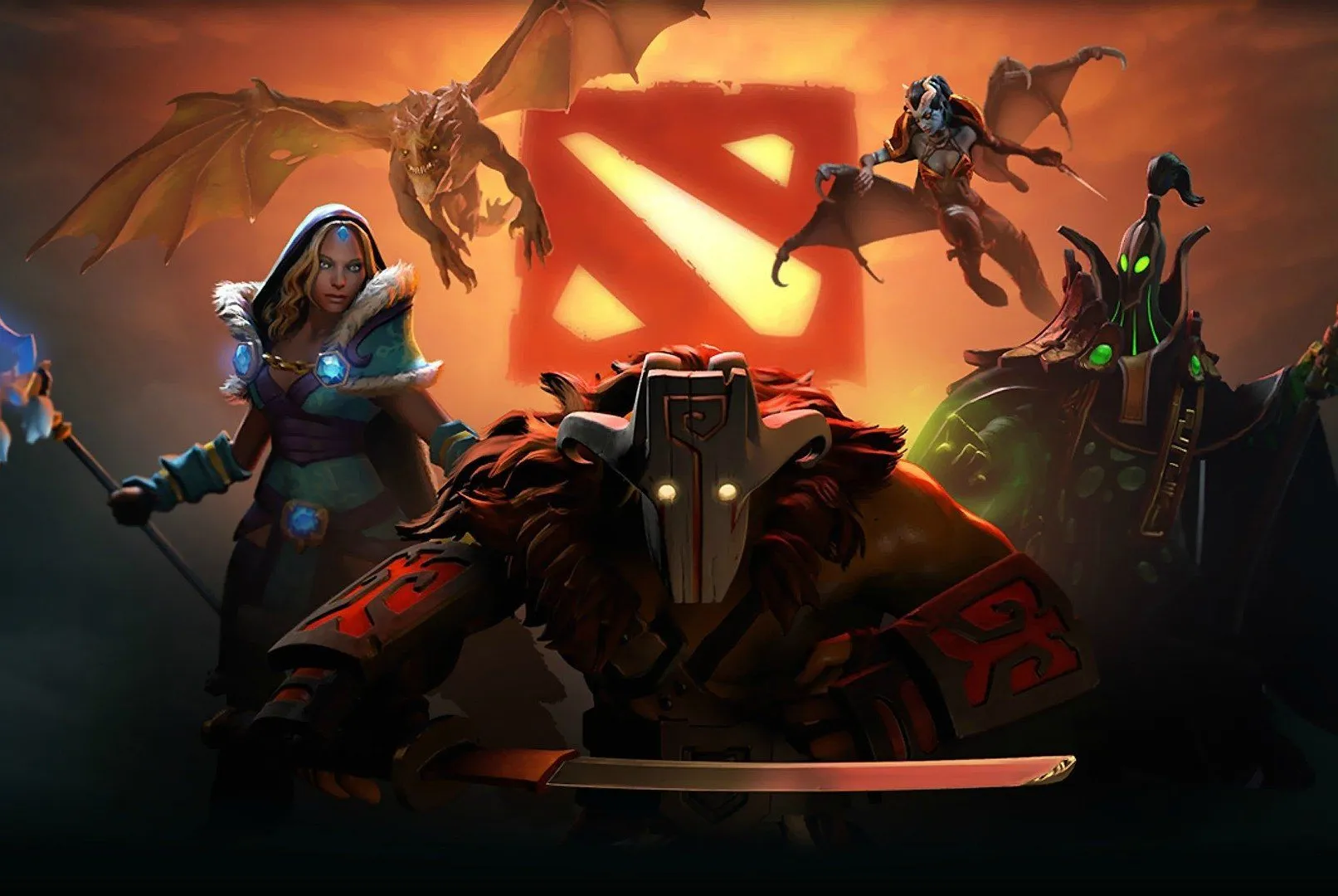
Gameplay at different MMR brackets varies significantly. For example, a Magnus player at 1k MMR should focus on executing a simple Reverse Polarity combo, while a 5k MMR player must consider enemy reactions and preemptively use Black King Bar.
At the 10k level, this evolves into highly advanced maneuvers like chaining abilities with perfect execution. Attempting high-level strategies in lower brackets can introduce unnecessary complexities and inefficiencies, making it harder to improve. Instead, players should focus on mastering the fundamentals that are relevant to their skill level before gradually integrating more advanced tactics.
Flexibility and Critical Thinking: The Keys to True Improvement in Dota 2
Relying solely on meta builds and strategies limits a player’s ability to adapt to different game scenarios. While some items and strategies are undeniably strong, forcing a particular approach can hinder personal growth and overall enjoyment. Dota offers multiple ways to play successfully, and even at the highest levels, top players find creative solutions beyond established norms.
For example, Topson’s Diffusal Blade Gyrocopter at The International was a product of deep game understanding, not just statistical analysis. True improvement comes from flexibility and critical thinking rather than blindly following trends.
While statistics provide useful insights, they should be used to guide learning rather than dictate decisions. A high MMR is not achieved simply by copying the most popular strategies but by understanding why they work and applying them appropriately.
Players should focus on analyzing their own mistakes, recognizing their current skill level, and identifying ways to improve within their specific bracket. The key to ranking up is developing a deeper understanding of the game and adapting to new challenges rather than searching for a universal formula for success.



